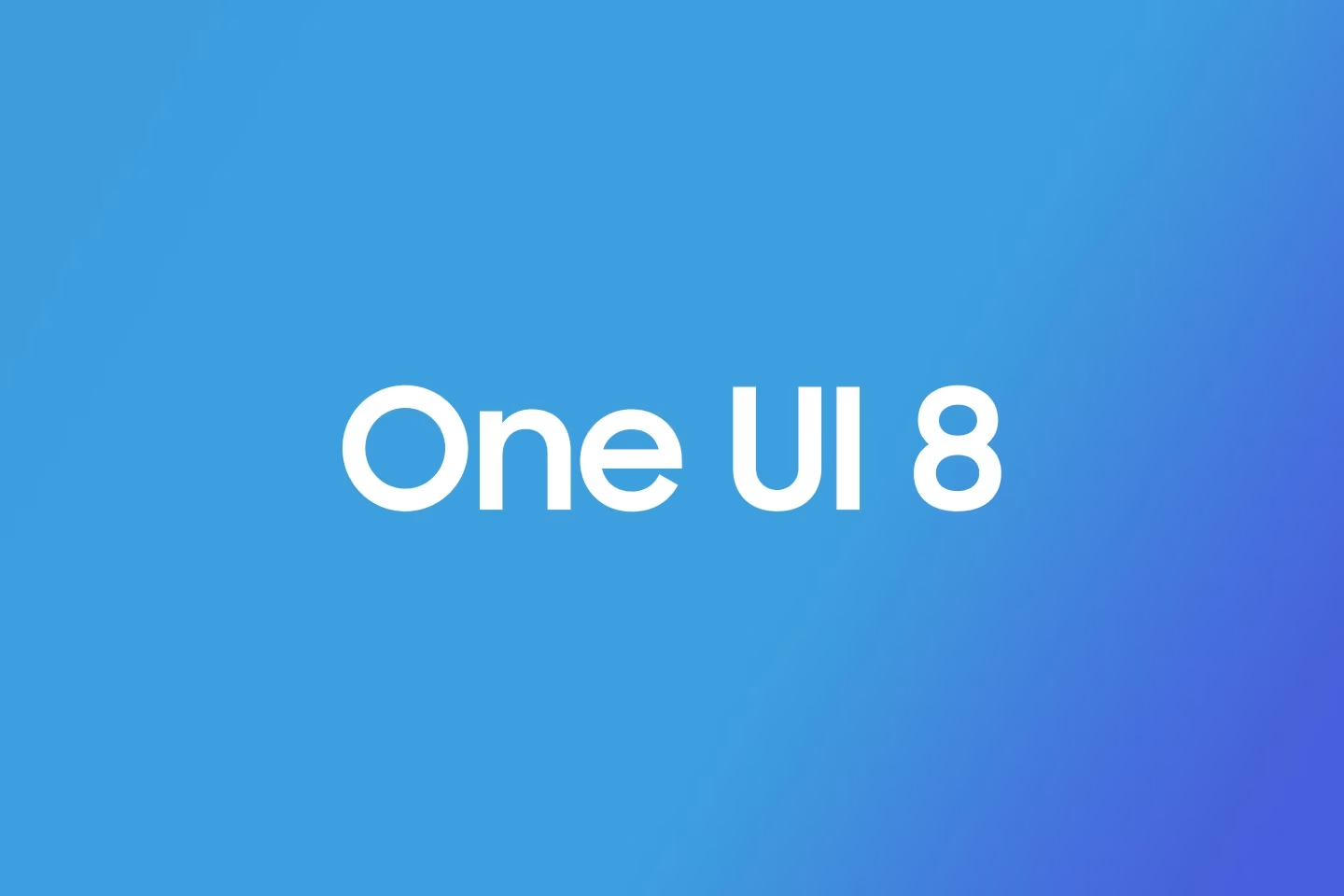Samsung's Shifting Software Strategy: Foldables Take the Lead in One UI Rollouts
Samsung, a titan in the smartphone arena, is quietly, yet decisively, recalibrating its software update strategy for its flagship devices. In a move that's bound to spark conversations among its loyal user base, the company appears to be creating a distinct two-tier system for how it rolls out major One UI versions and subsequent feature-packed updates. And here's the kicker: whether you're rocking a sleek Galaxy S series phone or one of their innovative Galaxy Z foldables now dictates your place in the update queue.
This isn't just a minor tweak; it's a significant strategic pivot, observed most clearly with the recent One UI 8 release cycle. For years, Samsung's flagship updates felt somewhat uniform, a rising tide lifting all premium boats. Not anymore. Now, it seems, the foldable devices are getting the VIP treatment for those big, generational One UI jumps.
The New Update Paradigm: Z-Series First
So, what exactly does this new strategy entail? Essentially, Samsung is prioritizing its foldable devices – think the Galaxy Z Fold and Galaxy Z Flip series – for the initial rollout of major One UI updates. This means when a new version of One UI, built atop the latest Android iteration, is ready, it's the Z-series devices that will likely see it first. This isn't just about security patches, mind you; we're talking about the full-blown, feature-rich OS upgrades that bring significant changes to the user experience.
This shift became particularly evident with the One UI 8 rollout, marking a clear departure from previous patterns. While security updates, like the July 2025 patches recently pushed to devices like the Galaxy S24 FE, Galaxy Z Flip 4, and Galaxy Z Fold 4 on Verizon, continue to roll out broadly, the major OS upgrades are now on a different track. It's a nuanced approach, separating the critical security and minor feature drops from the headline-grabbing One UI versions. And honestly, it makes a certain kind of sense when you dig into it.
Why the Foldables First Approach?
You might be asking, why the preferential treatment for foldables? It's a fair question. From where I sit, it boils down to a few key strategic points. First, foldables represent Samsung's bleeding edge, their most premium, and frankly, most expensive devices. They are the company's statement pieces, showcasing innovation and pushing the boundaries of smartphone form factors. To ensure these devices offer the absolute best, most optimized software experience from day one, it makes sense to dedicate resources to getting those major One UI updates perfectly tailored and deployed to them first. They rely heavily on software optimizations for their unique multi-tasking capabilities and display modes.
Real-World Impact and Community Response
Community sentiment, as you'd expect, is a bit mixed. On platforms like X (formerly Twitter), some users are certainly appreciating the focus on foldables, especially those who've invested in these premium devices. They feel their investment is being validated with top-tier software support. However, there's also a palpable concern among some S-series users, particularly those with slightly older models, about potential delays or a feeling of being deprioritized. A bit of a head-scratcher for some, I'd imagine. Clearer communication from Samsung regarding these staggered rollouts would certainly help manage expectations.
From an expert perspective, this strategy is largely seen as a smart play for Samsung's market positioning. It allows them to fine-tune the software for their most complex devices, ensuring stability and performance before rolling it out more broadly. It's a strategic allocation of resources, focusing on where the innovation and premium experience are most critical. For the US market, where foldables are gaining traction, this could further strengthen Samsung's hold, especially with timely updates on major carriers like Verizon. And from what we're seeing, this strategy appears to be consistent globally, with updates expected to follow similar patterns across India, the EU, and other Asian markets.
Looking Ahead: Implications and What's Next
This strategic shift underscores Samsung's evolving priorities in a competitive smartphone landscape. As foldables become more mainstream, ensuring their software experience is unparalleled is paramount. It's a calculated risk, perhaps, in how it's perceived by the broader S-series user base, but one that Samsung clearly believes will pay off in solidifying its position at the forefront of mobile innovation. We'll be watching closely to see how this plays out in terms of overall user satisfaction and market dynamics in the coming months. It's an interesting time, isn't it, to be a Samsung fan?
